Say you drop one of the greats from the past into today’s NBA. Is he still great? Or has the game changed so much in the last few decades he would hardly recognize it.
Back in the day, a player could size up his rivals by scanning for 7-foot centers. Now, he’s got to lock onto a complicated geometry of players’ speed, spacing and strategy. Guys are sharpshooting from well beyond the arc. Highlight reels are filled with 30-foot three-pointers, gravity-defying dunks and pinpoint passes from every position on the court.
And the evolution isn’t just on the paint –– it’s in the players’ physiques. Thanks to improved recovery strategies, cutting-edge sports science and performance tracking, they’re stronger than ever and turning longevity into an art. One standout example? LeBron James. At 40 years old, in his 22nd NBA season, he’s still playing an elite game, thanks to a rigorous regimen of morning cold plunges, core-strengthening workouts and a laser-focused diet –– all at an annual cost of roughly $1.5 million.
James might be the extreme, but gone are the days of players cut down in their primes by injuries or poor conditioning. If stars like Shaquille O’Neal and Tracy McGrady were playing now instead of in the ’90s and early 2000s, their physical setbacks would have been blips, not headlines.
There’s also the pure talent factor of today’s players. “We’re watching some of the most talented athletes we’ve ever seen,” said legend Dwyane Wade. “The entire league has way more skill overall.… Yes, all of us who grew up watching ’90s basketball and playing in the 2000s are watching a very different game.”
So, how’d we get here? Let’s dive in.
The Giant Era: When Size Ruled the NBA (1960s – Early ’70s)
Before NBA games became the high-speed, three-point-heavy performance we know today, size was the ultimate advantage. There was no three-point line –– which was only added to the game in 1979 and even then rarely used –– which meant the deep-ball threats we see today didn’t exist. It was just a battle for position in the paint, where the tallest players reigned supreme.
Wilt Chamberlain, Bill Russell, George Mikan, and Kareem Abdul-Jabbar weren’t just towering figures — they were unstoppable forces. Chamberlain’s statistical dominance remains unmatched, Russell anchored 11 championship-winning Celtics teams, and Abdul-Jabbar’s skyhook helped him hold the all-time scoring record for nearly 40 years.
Size wasn’t just an asset, it was the game. Scoring was all about getting as close to the rim as possible, and the most valuable real estate on the court was right under the basket. Thus, the league’s biggest stars were often its best.
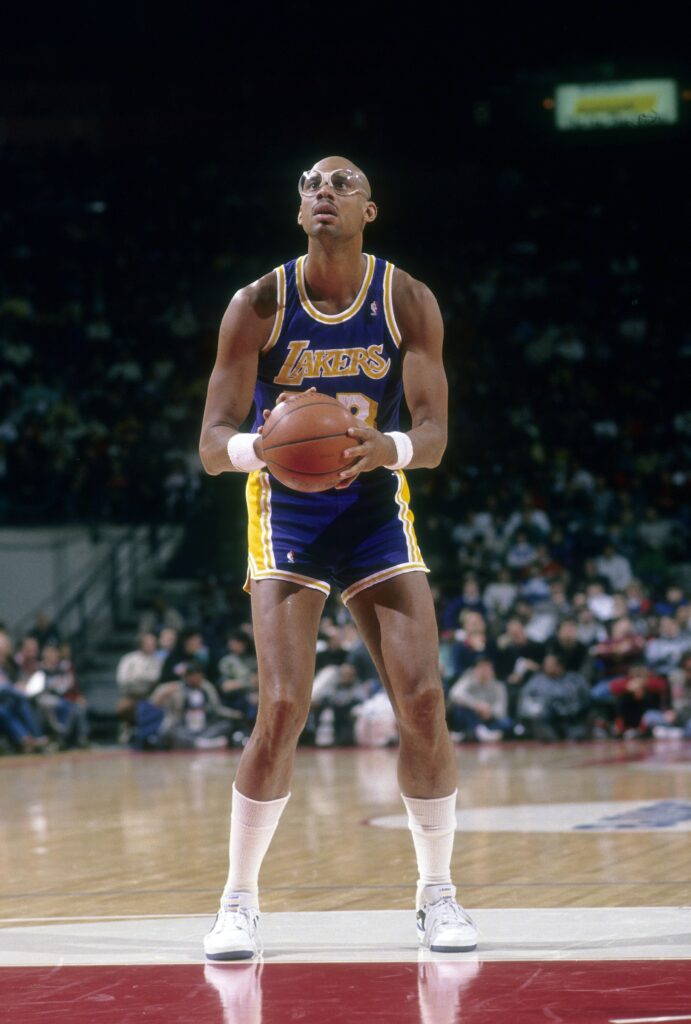
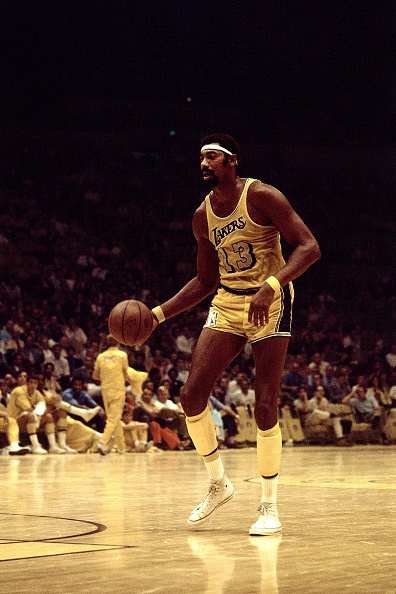
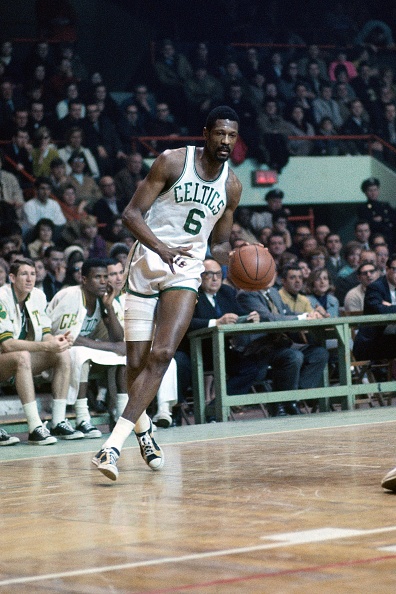
The Showtime Era: When Speed Took Over (Late 1970s – ’80s)
The late ’70s and ’80s ushered in the fastest era in NBA history — when transition play wasn’t just a strategy but the game itself.
Teams pushed the pace like never before, turning defense into instant offense. Coaches drilled their players to grab rebounds or force steals and immediately ignite the fast break. Rebounders became playmakers, launching pinpoint outlet passes before the defense could react.
During this time, a couple important rules were imposed: hand-checking and illegal defense.
Hand-checking was issued a light ban by the NBA in 1978. This meant that defenders could maintain contact with ball handlers but stopped them from directly impeding their progress. Illegal defense, or the zone defense ban, also came in 1978 and worked to encourage more one-on-one play. These rules kept the game free-flowing but still maintained advantages for size and strength.
Few played this newly redefined game better than Washington Bullets star Wes Unseld, whose ability to snap rebounds and launch full-court passes in one motion made him a pioneer of the up-tempo game.
Then came Larry Bird and Magic Johnson. Bird, a tenacious rebounder and elite passer, could single-handedly lead a break or finish it himself. Johnson, at 6-foot-9, redefined the point guard position with vision and creativity in transition that turned simple, fast breaks into basketball artistry. It was as if he saw plays unfold three steps ahead of the defense, threading no-look dimes that left opponents scrambling.
By the ’80s, the game was played as if in fast-forward and led by strategic superstars. This was basketball at its most electrifying, and no team embodied it better than the Lakers, a team that turned the game into a spectacle –– this was the Showtime.
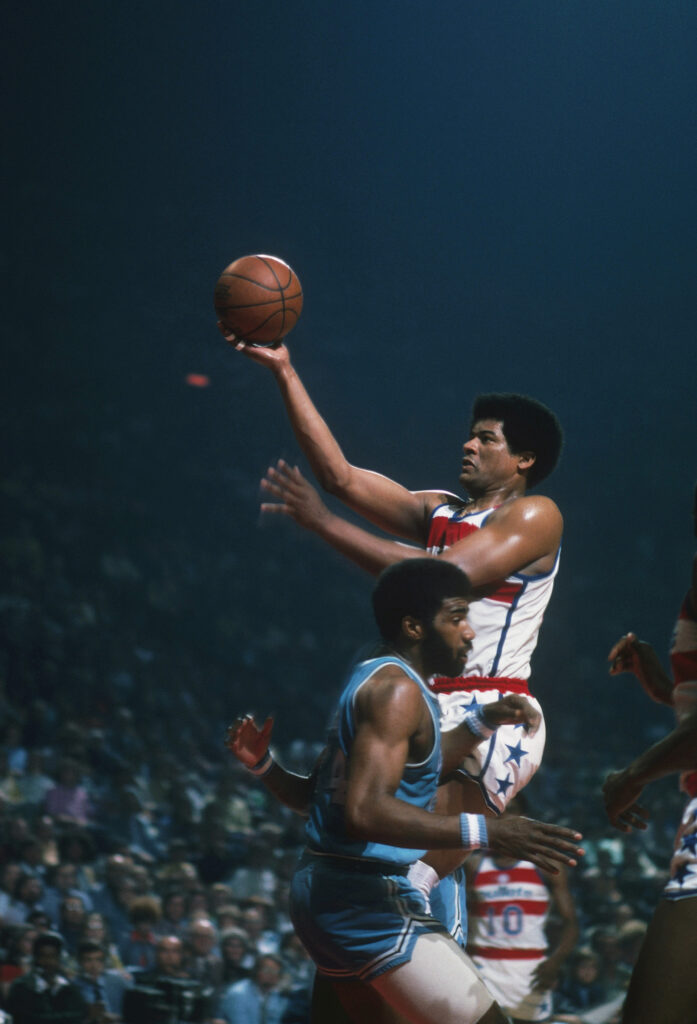
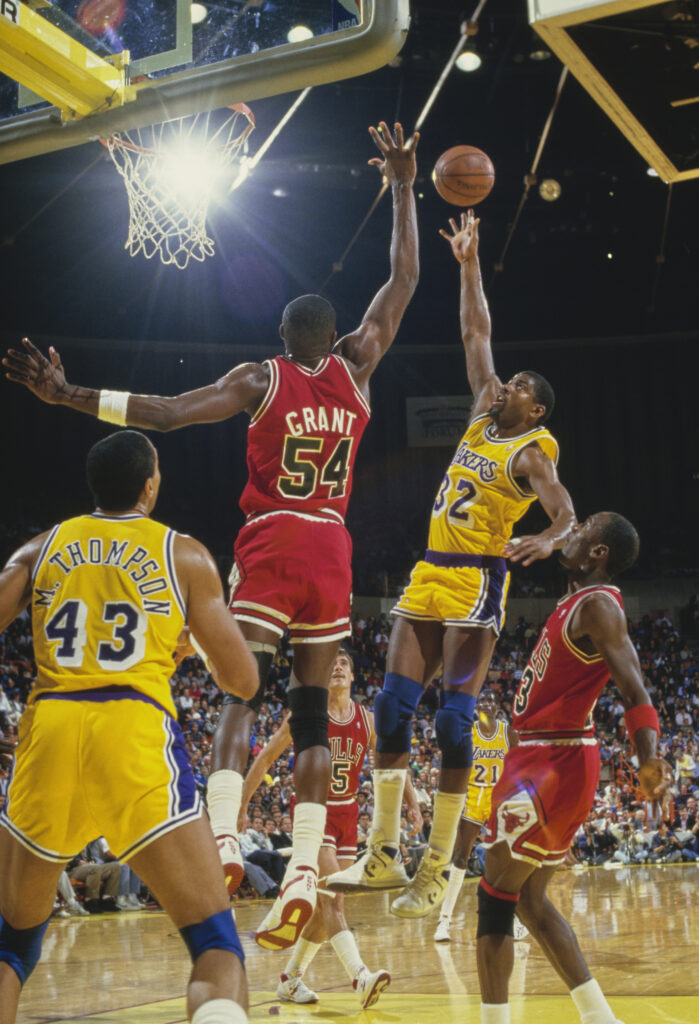
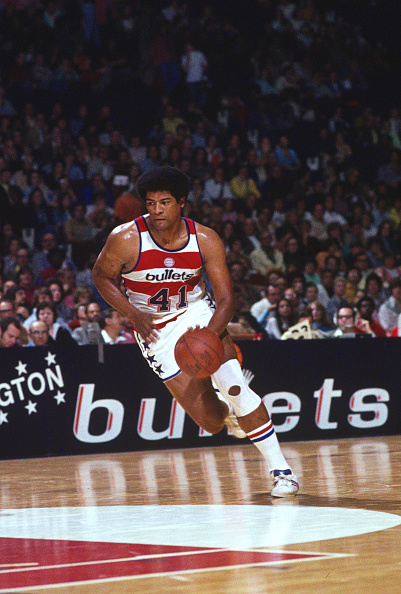
The Jordan Era: When Isolation Ruled (1990s – Early ’00s)
After a decade of fast-break highlights, the ’90s NBA was ready to slow things down. This would be an era all about letting the best players go to work.
Due to those illegal defense rules put in place in the ’80s, there could be no sagging defenders; there were no automatic double-teams. Similarly, hand-checking made defense physical, which acted as a throttle to even the most skilled players. But not Michael Jordan. He was too fast, too strong, too good. The same went for O’Neal, Kobe Bryant and Hakeem Olajuwon — players who thrived in isolation.
Naturally, the game shifted to one-on-one matchups, where the league’s top scorers thrived; just a single defender left on an island with the league’s best.
By the early 2000s, the league decided it was time for a change. The illegal defense rule was ditched. Instead, the NBA added a defensive three-second rule, which allowed teams to play zone defense again but at the cost of a penalty for any player who stood in the paint for more than three seconds at a time. Hand-checking, previously only lightly banned, was banned outright in order to create more space for ball handlers.
It was in the midst of all this that Bryant started his now-famous “666” routine: six hours of training, six days a week, for six months a year, in what might be the first instance of a player openly engaging in wellness upleveling. His commitment to conditioning and nutrition would radically transform the very meaning of training for everyone in the NBA.
But the game was about to shift again — this time, in a way that would redefine modern basketball.
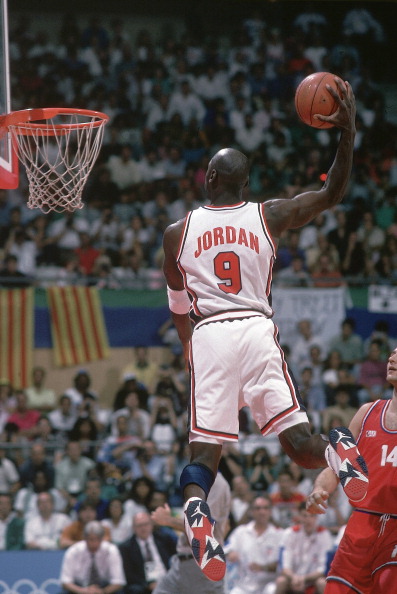
Intermission: A Nod to the Streetball Era Where Legends Were Made (1960s – ’00s)
Before basketball became a multi-billion-dollar industry and global spectacle, the game belonged to the streets. Some of the greatest players in history honed their craft on blacktops long before they ever set foot on an NBA court.
No playground holds more basketball history than Harlem’s Rucker Park. Founded in the 1950s by Holcombe Rucker, it became home to a legendary tournament considered a proving ground for New York City’s best. If you could dominate at the Rucker, you weren’t just good — you were special.
This was where the world got its first glimpse of future icons like Abdul-Jabbar, Chamberlain and Connie Hawkins. Before they were NBA superstars, they were just kids putting in work on 155th and Frederick. Before Julius Erving became Dr. J, he was “The Claw” at the Rucker. This was where God Shammgod crafted one of the filthiest dribble moves ever, where Earl Manigault pulled off the mythical double-dunk and where Rafer “Skip to My Lou” Alston turned handles into an art form.
The influence of the Rucker spread far beyond New York. It inspired other streetball leagues across the country and, eventually, the AND1 Mixtape Tour — a traveling showcase of playground legends that brought streetball’s flash, creativity and swagger to the masses. The blacktop wasn’t just a place to hoop — it was where the soul of the game was born.
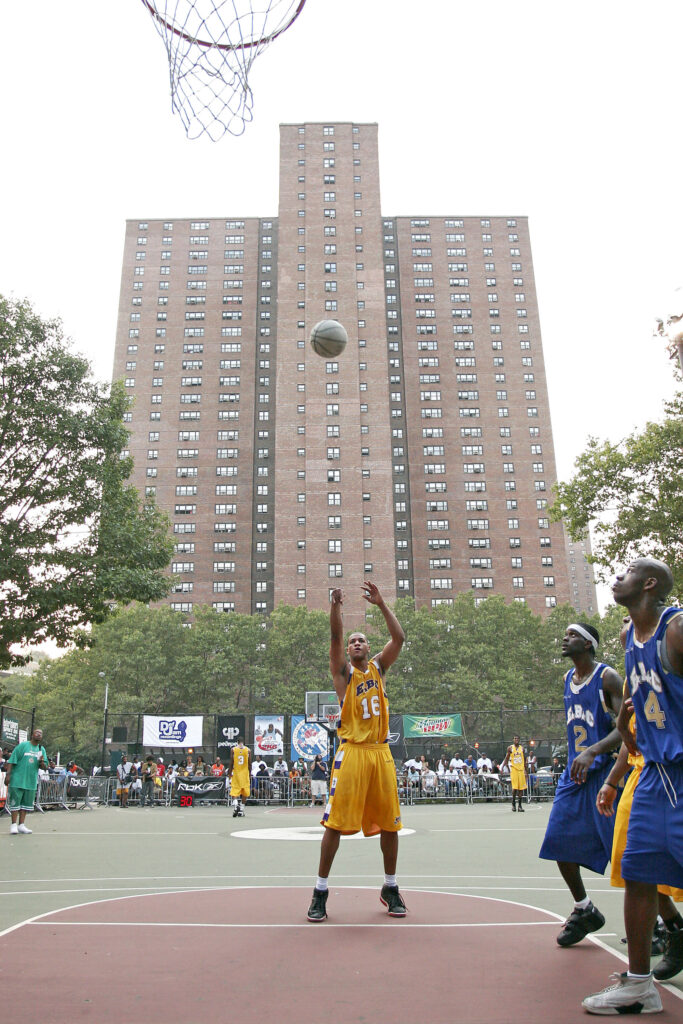
The Positionless Era: When Roles Became Obsolete (2010s)
For decades, basketball was built around five rigid positions: point guard, shooting guard, small forward, power forward and center. Each had a clearly defined role. Guards handled the ball and hit perimeter shots, forwards were defensive anchors and centers patrolled the paint.
If you didn’t fit neatly into one role, you didn’t belong in any. Being a “tweener” used to be a weakness. There were exceptions — Johnson running the Lakers’ offense at 6-foot-9, Bird playing like a guard in a forward’s body — but those were anomalies. For most, versatility was seen as a flaw, not an asset.
As rules shifted to favor skill and spacing, however, so did the players. By the 2010s, nearly every team had a handful of guys who could play multiple roles. Centers started knocking down threes. Forwards became playmakers. Guards attacked the rim like power forwards, and point guards — often the smallest guys on the floor — found themselves guarding bigger wings. Lines blurred.
No one embodied this shift better than LeBron James. He wasn’t just dominant, he was adaptable. He could score like a forward, pass like a point guard and defend any position on the floor. As James thrived playing positionless basketball, the rest of the league followed.
The apogee? Miami Heat’s “Heatles” run. Under head coach Erik Spoelstra, the team reimagined traditional roles. Chris Bosh stepped away from the basket to stretch defenses. James and Dwyane Wade attacked the paint off cuts and post-ups. And around them, elite shooters like Ray Allen, Mike Miller and Shane Battier rained threes. The result? Two championships in four years and a blueprint for the future of basketball.
By the end of the decade, positions were a suggestion. The best players could do everything. Those who couldn’t were left behind.
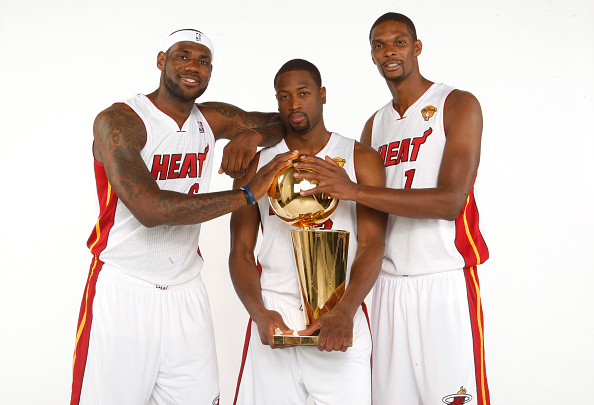
Raining Threes: How the Warriors Broke the Game (2015 – Present)
Enter Stephen Curry and the Golden State Warriors. A combo guard in the truest sense, Curry was (and remains) both the team’s best ball handler and the most lethal shooter the game has ever seen. Pulling up off the dribble, hitting impossible shots in transition and moving without the ball, he weaponized the three-pointer: The moment defenses were relaxed, even for a second, it was three points on the board.
But Curry wasn’t alone. He was surrounded by some of the greatest shooters of all time, elite passers and do-it-all forwards like Draymond Green and Andre Iguodala, who could defend every position while keeping the offense flowing.
With a cast of high-IQ playmakers and the addition of Kevin Durant, the Warriors became an offensive juggernaut that was nearly impossible to stop. In a single decade, they delivered four championships. They didn’t just evolve the game — they broke it.
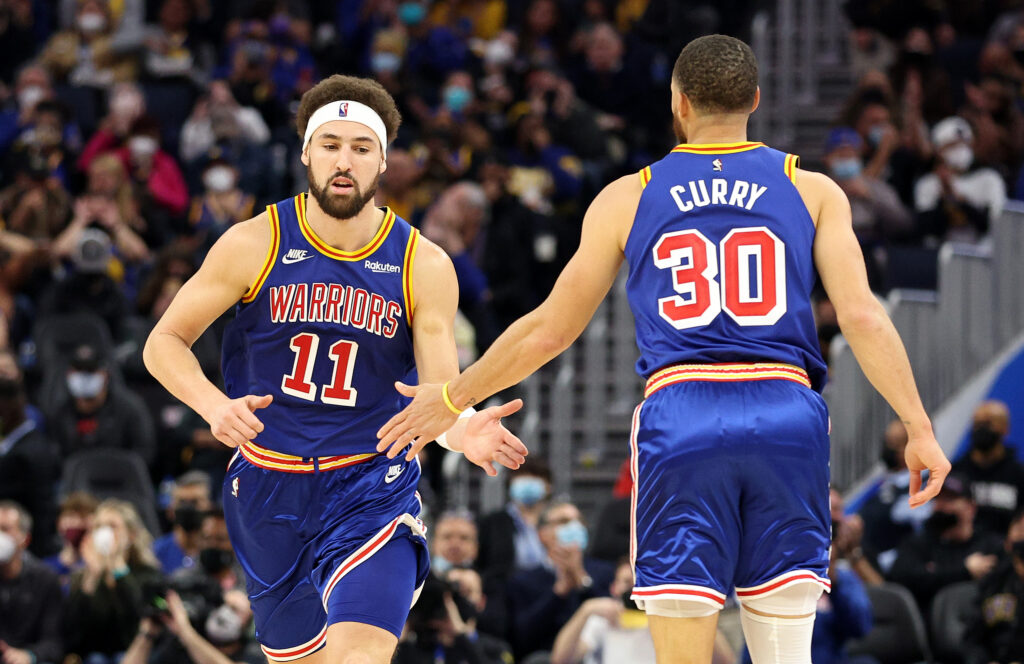
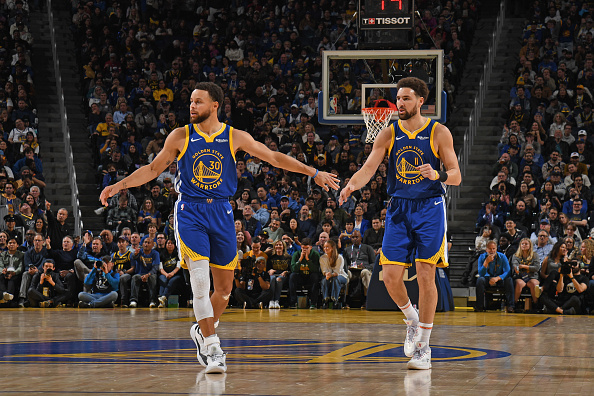
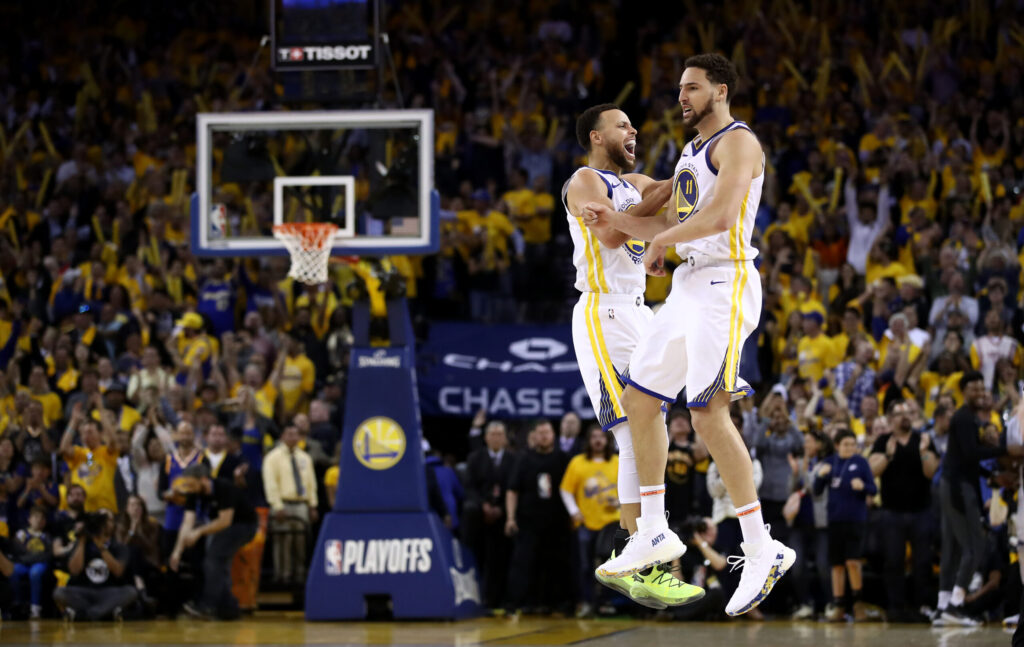
The Tactical Elite: The NBA’s Most Calculated Era (2020 – Present)
Since the Warriors’ peak in 2017, the game has matured and, in many ways, been solved. Today’s basketball is all about precision.
Every team knows where the best shots come from — threes, layups and free throws. Everything else? A lower-value possession. Modern offenses are engineered to generate these high-efficiency looks.
Victor Wembanyama is redefining what a 7-foot-3 player can be, handling the ball like a guard while anchoring the San Antonio Spurs’ defense as a generational shot-blocker. The Oklahoma City Thunder leverages Shai Gilgeous-Alexander’s ability to get downhill, creating elegant scoring opportunities in the paint and at the free-throw line. The Boston Celtics space the floor with knockdown shooters at every position, forcing defenses into impossible rotations as Jayson Tatum and Jaylen Brown collapse the paint and kick out for threes.
While some complain that plays have become too homogenized, the reality is that every team applies its own formulas to solving the game’s math, and it continues to evolve in real time.
One thing is clear: This is, without question, the sharpest, smartest and most tactical era basketball has ever seen.
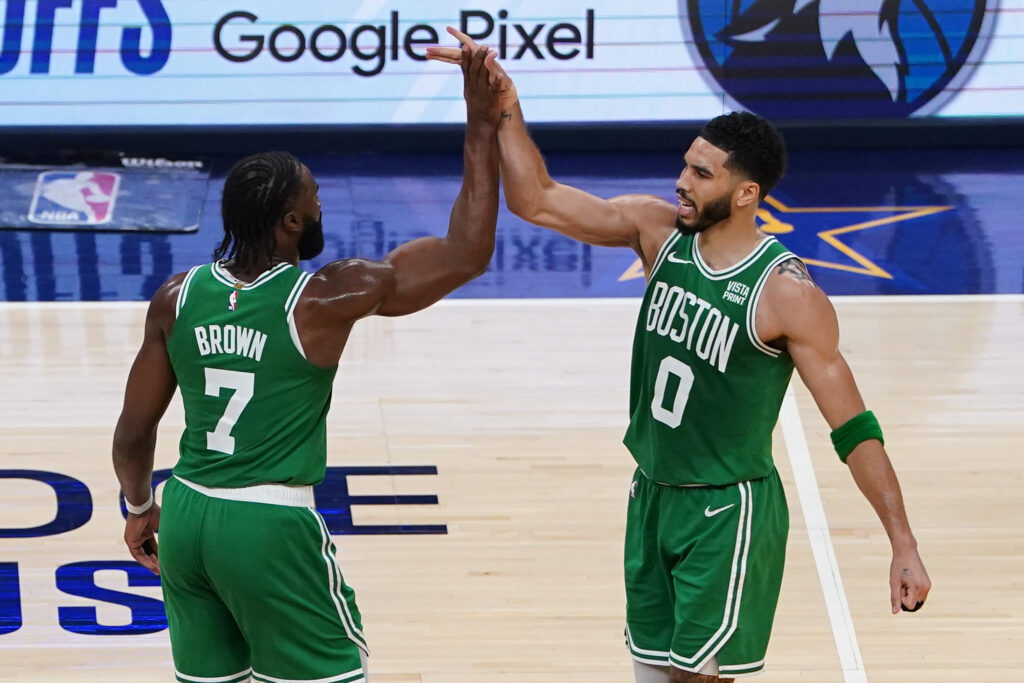
Photos:
Andrew D. Bernstein/NBAE via Getty Images
Focus on Sport /
Getty Images
Steph Chambers/
Getty Images
Andrew D. Bernstein/NBAE via Getty Images

